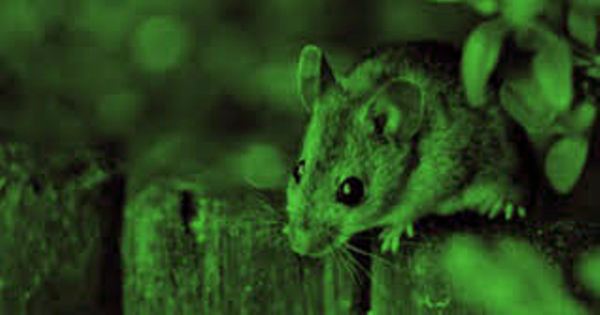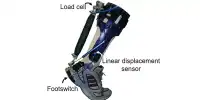A new paper published in Cells describes the technology, which uses a simple injection containing nanoantennae- a nanoscopic electromagnetic collector designed to absorb specific wavelengths – that enables rats to see beyond their current illuminated spectrum. The whole process stopped after about two weeks without temporary and long-term effects. Also, the injection worked with structures already insight and had no effect on the rats’ ability to see during the day. A multidimensional team of researchers has just given rats “night vision” by simply inserting nanoparticles into a soft eye – and perhaps one day it could be applied to humans. Cue superhero music.
Most mammals see only a very small percentage of the electromagnetic spectrum, equivalent to 400 to 700 nanometers or the equivalent of a rainbow-colored wavelength, In a nutshell. Our eyes are not equipped to see the wavelengths of light given at night, including near-infrared (NIR) and infrared (IR) light – both of which surround us as heat gives off or objects reflect infrared light.
Study Author Gang Han said in a statement, “When light enters the eye and hits the retina, rods, and cones – or photoreceptor cells – absorb photons with visible light wavelengths and transmit electrical signals to the brain.” “Since infrared wavelengths are too long to be absorbed by photoreceptors, we are not able to perceive them.”
This is where “lectin -linked nanoparticles” work. Distributed through the droplets, these proteins point to the nanoantennae and “glue” the retina to the outside of the photoreceptor in the rat eye. Once anchored to the photoreceptor cell they convert the NIR into visible green light which can then be observed by the retinal cell. The rod or cone then absorbs short wavelengths and sends them to the brain for translation.
“These nanoantennae will allow scientists to discover a variety of exploratory questions, such as how the brain interprets visual signals to help treat colorlessness,” Han said, “Through this research, we have expanded both lab and translation into applications of our nanoparticle.”
The researchers found that rats injected with nanoparticles reacted unconsciously to infrared light, similar to the contraction of their pupils. They were able to distinguish between different shapes, such as triangles and circles, just as they could during daylight hours. You may ask yourself how anyone can tell if a mouse is watching at night. Easy: Laboratory tests.
In addition to the full superhuman capacity, the researchers say their work presents an opportunity to explore neural networks in the brain and potentially help restore vision.
Han said, “We believe this study is a major breakthrough in biotechnology. This thought-provoking study should pave the way for numerous critical applications through the unique creation of mammalian NIR visual skills and have higher translation potential.” “Moreover, it is very likely that the sky is seen very differently at night and during the day. Invisible to our naked eye is the ability to see all the secret information from the NIR and IR radiation of the universe. ”
















